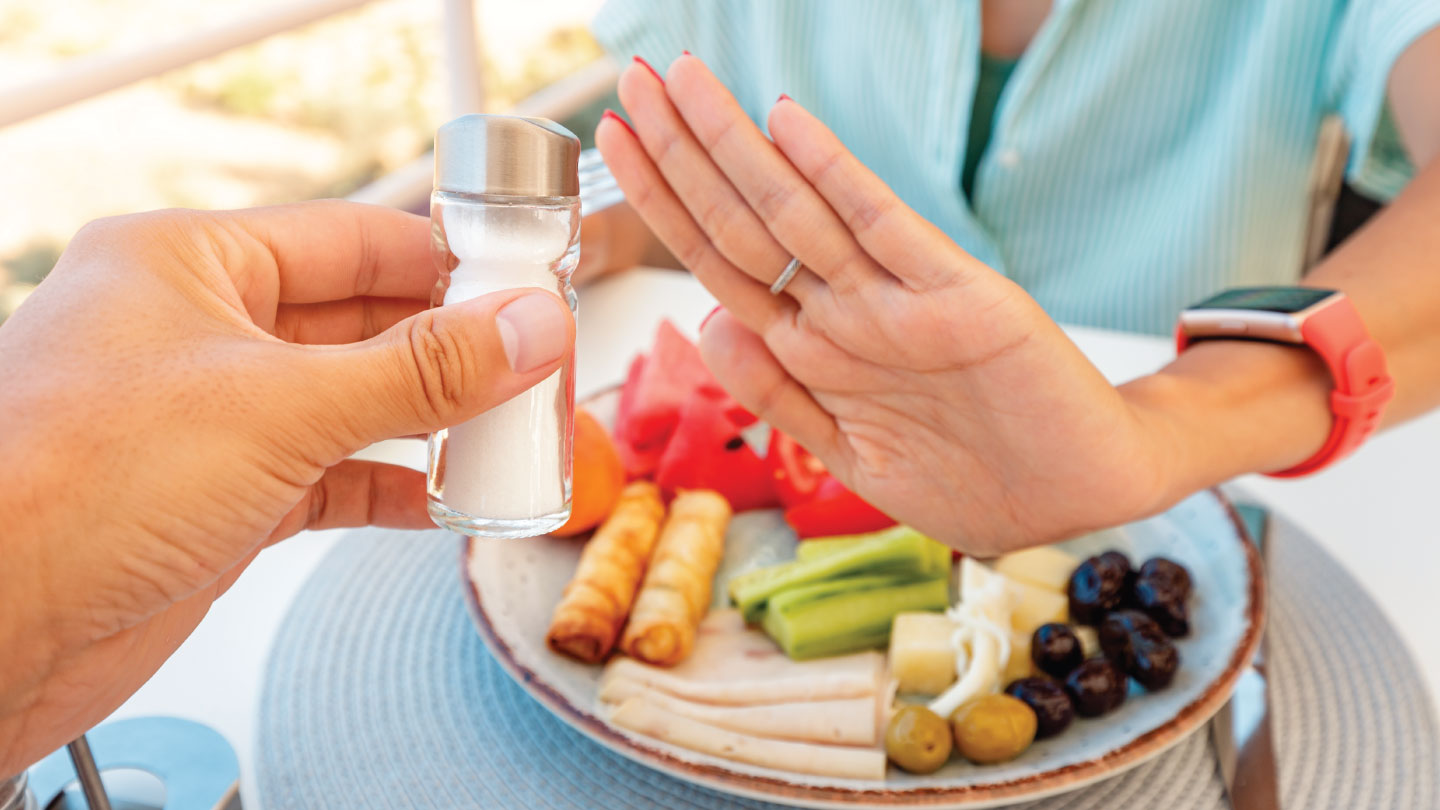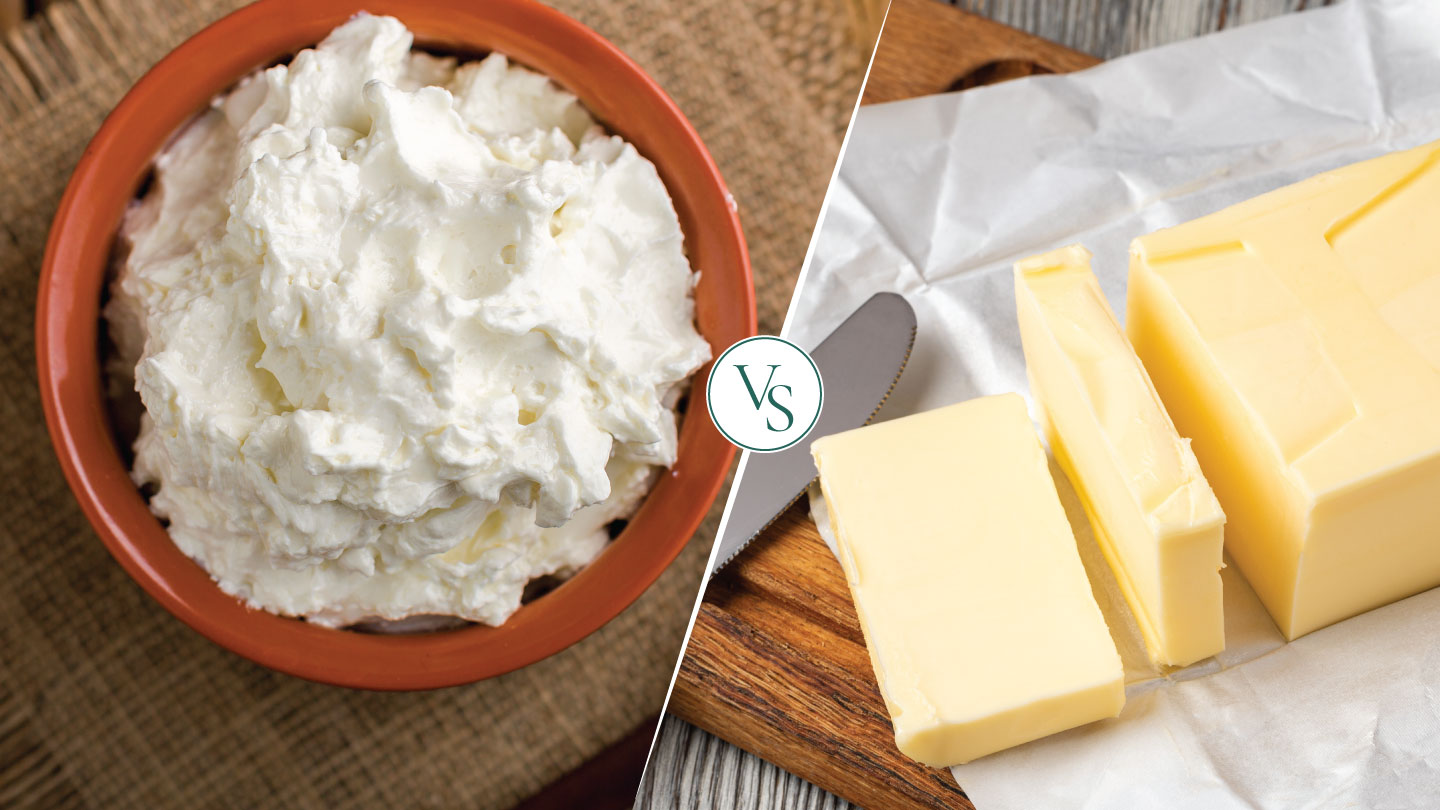Nutrition
Too Much Salt, Too Little Health: How High-Salt Diets May Trigger Brain Inflammation
From papads to pickles, the Indian love affair with salt could be doing more harm than just raising blood pressure. That extra salt sprinkle might cost you brain inflammation!

Salt is an essential mineral; without it, our nerves wouldn’t fire, and our muscles wouldn’t contract. But in India, the problem is not salt deficiency; rather, it’s excess. According to ICMR, the average Indian consumes 8 to 12 grams of salt per day, nearly double the World Health Organization’s recommended limit of 5 grams. From rich gravies to fried snacks, namkeen mixtures, chutneys, pickles, podi masala, and papads, salt is deeply woven into our culinary culture. But mounting research shows that this excess sodium doesn’t just harm the heart and kidneys; it can also inflame the brain, paving the way for hypertension, cognitive decline, and neurological issues.
Related Story: Most Asked Questions on Salt
What Salt Does in the Bloodstream
When we consume salt, it dissolves into sodium and chloride ions in the bloodstream. In small amounts, sodium helps regulate fluid balance, nerve signals, and muscle function. But too much sodium pulls extra water into blood vessels, increasing blood volume and pressure. This is why high salt intake is directly linked to hypertension.
The newer findings, however, reveal something more worrying, as salt doesn’t just act on the blood vessels; it acts on the brain itself.
High-Salt Diet and Brain Inflammation
- Triggers the brain’s immune response: A 2020 study in Nature Neuroscience found that high salt intake activates certain immune cells in the gut, which then signal to the brain. These signals alter blood flow regulation in the hypothalamus, a key brain region, leading to inflammation and impaired function.
- Inflames neurons, raises blood pressure: Research from Georgia State University (Journal of Neuroinflammation, 2021) showed that excessive sodium directly triggers inflammatory pathways in brain cells. This makes the nervous system overactive, driving chronic high blood pressure.
- Contributes to cognitive decline: A 2022 paper in Neuroscience Letters reported that mice that were fed a high-salt diet showed not only hypertension but also impaired memory and reduced brain plasticity. In the long term, this could explain why populations with chronically high salt intake are at greater risk of dementia and stroke.
- Harder to treat resistant hypertension: According to a 2025 study published in Brain Communications, brain inflammation caused by high salt is particularly linked to treatment-resistant hypertension, a condition that affects up to 30 per cent of Indian hypertensives. This means even medicines may fail to lower BP if salt-induced brain inflammation is left unchecked.
Related Story: A Pinch Too Much: How Salt Sneaks Up on Your Heart
Why India Should Be Worried And What We Can Do About It?
- Cultural Diets That Double Up on Salt
Problem: Many Indian meals combine multiple salty items in a single sitting, like dal with papad, parathas with pickle, or evening chai with biscuits and namkeen. A study published in the Journal of Hypertension (2019) found that side accompaniments like pickles and papads can add 2 to 4 grams of extra salt per meal, pushing daily intake well above safe limits.
Solution: Instead of eliminating these traditional foods, rotate them. Have papad twice a week, not daily, swap achaar with fresh chutneys, or serve roasted makhana instead of salty namkeen. Flavour food with natural enhancers like amchur (dried mango powder), lemon juice, roasted jeera powder, or hing, which give a satisfying punch without sodium overload.
Related Story: Mighty Chutney—Powerhouse of Flavour And Micronutrients
- Packaged & Processed Foods: The Urban Salt Trap
Problem: With rising urbanisation, instant noodles, chips, ready-to-eat curries, breads, and sauces have become staples. The National Institute of Nutrition (2021) reports that nearly 30 per cent of daily salt intake in urban Indians comes from packaged foods. For example, one packet of instant noodles can contain 1.5 to 2 grams of salt, which is nearly half the daily recommended limit.
Solution: Check labels; anything above 0.6 g sodium per 100 g is considered high. Instead of processed snacks, opt for roasted chana, unsalted nuts, or homemade poha with vegetables. When eating out, request “less salt” in restaurant gravies and start with small changes like not sprinkling salt over onions.
The Indian diet, while diverse and flavourful, leans dangerously towards excess salt intake. With one in three Indians already hypertensive, and new research linking high salt consumption to brain inflammation, the urgency to act is greater than ever. The good news? Even small, consistent reductions and swaps like switching a papad for salad, or choosing roasted snacks over chips, can cut daily salt intake by 1 to 2 grams, enough to lower risk substantially.
At UR.Life, our nutrition experts can help you create a personalised plan that balances taste, tradition, and health, so you enjoy the flavours you love, without the hidden dangers of excess salt. Get instant access to personalised nutrition advice just for you. Sign up here.
EXPLORE MORE
Two seemingly similar butters, two very different stories. Here’s how to pick wisely for your health and kitchen.
As temperatures drop, your body craves warmth, comfort, and nourishment, and ghee delivers all three.
Warm, spicy, and rich in antioxidants, this homemade Amla Prash is your golden ticket to a stronger immune system this winter.
A colourful, diverse diet, especially one that includes local and seasonal foods, helps your gut microbes stay balanced, resilient, and ready to protect your health.










.jpg)
.jpg)
